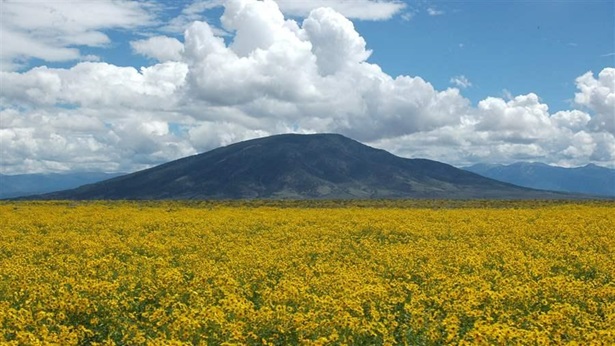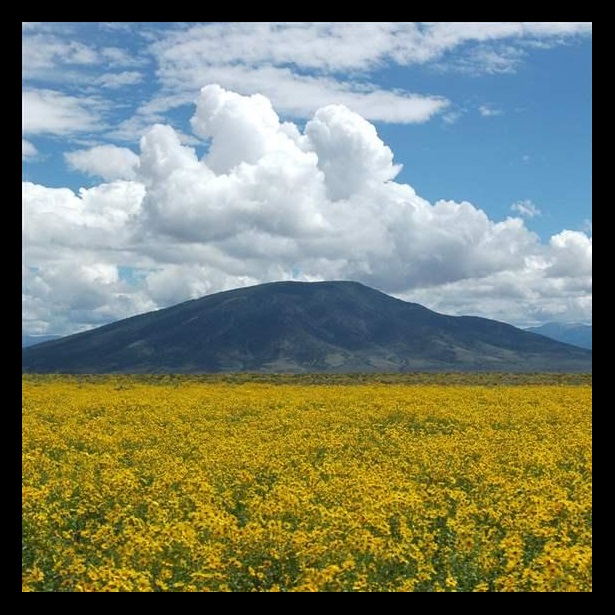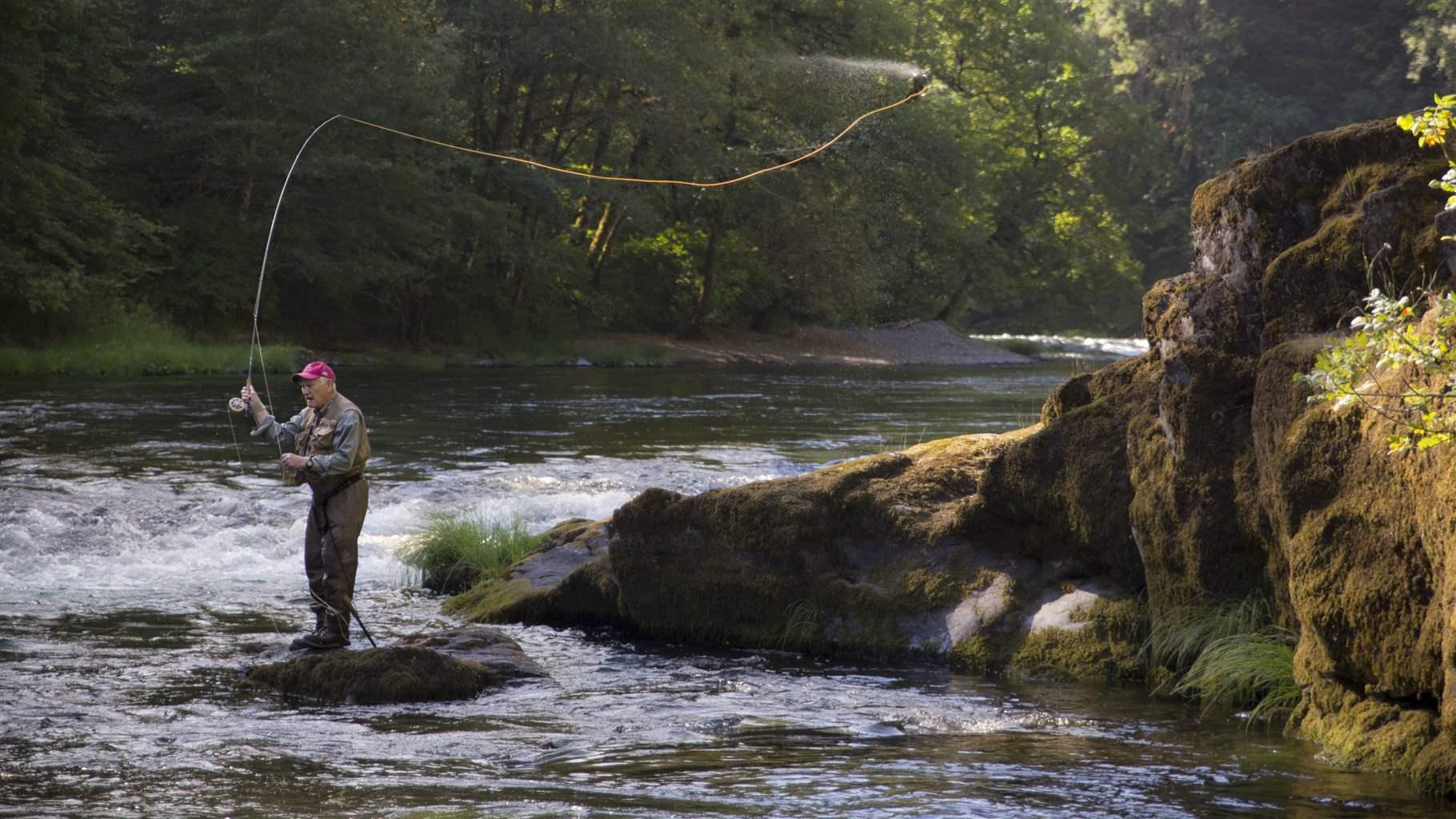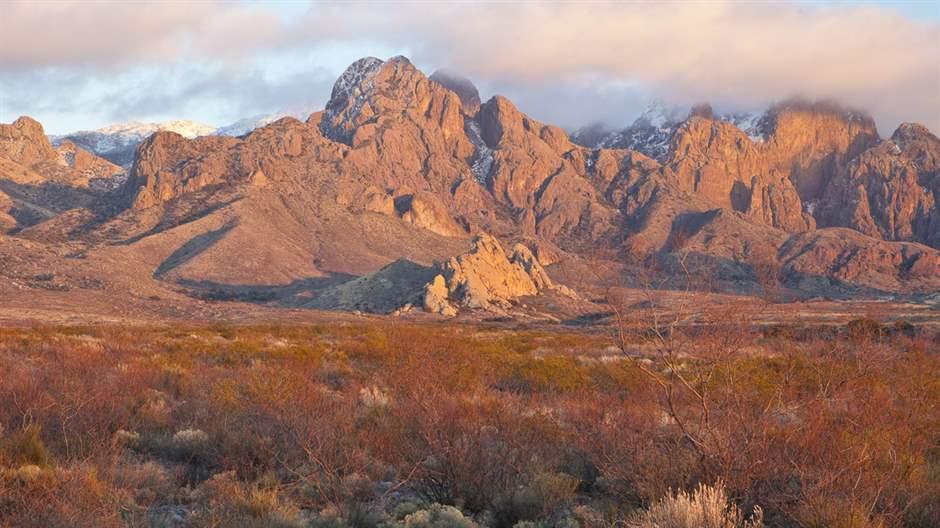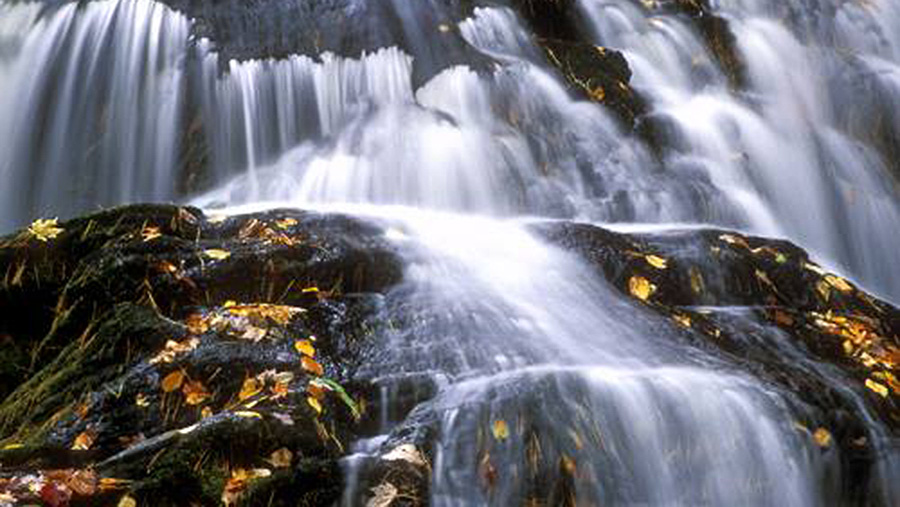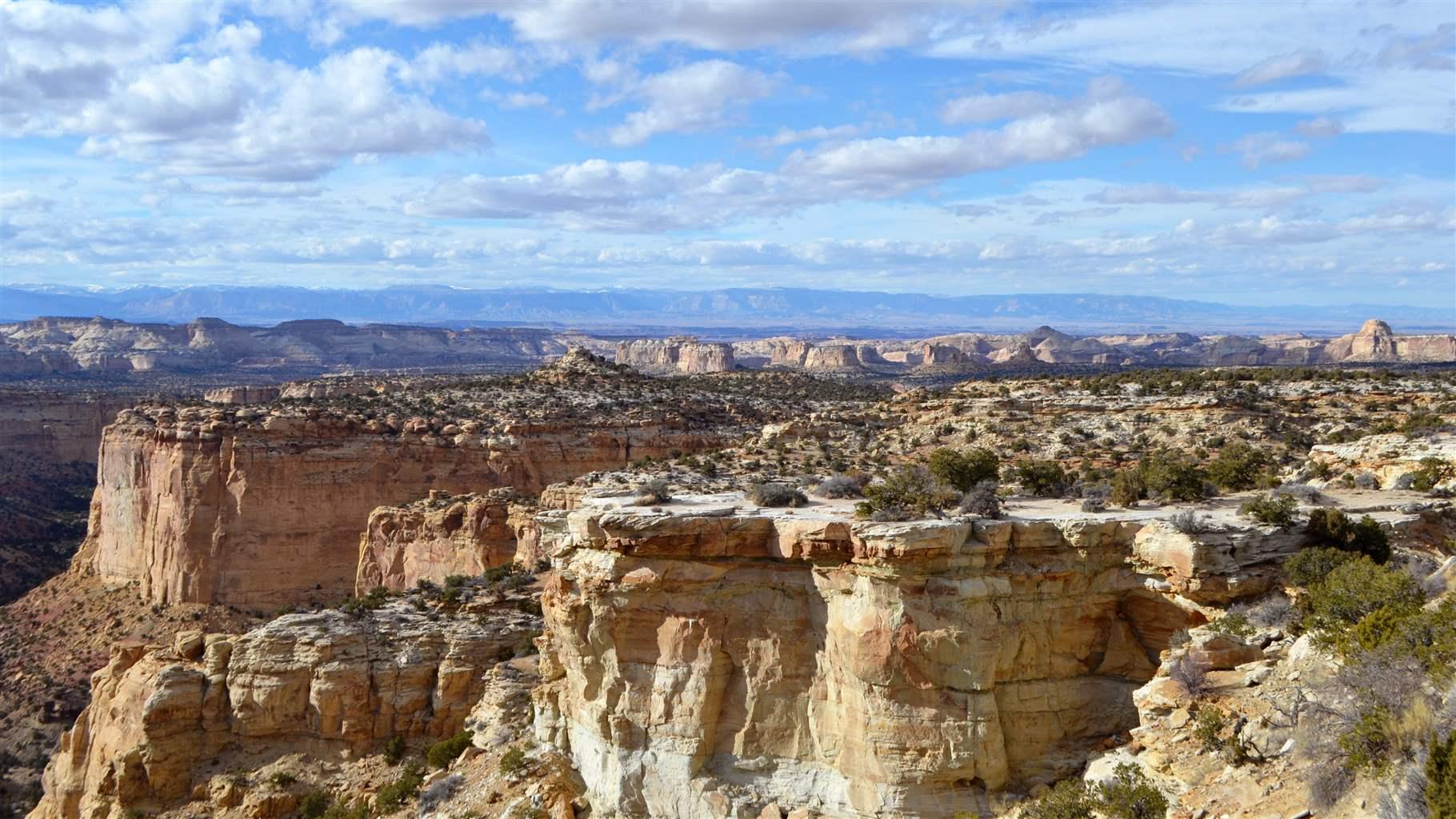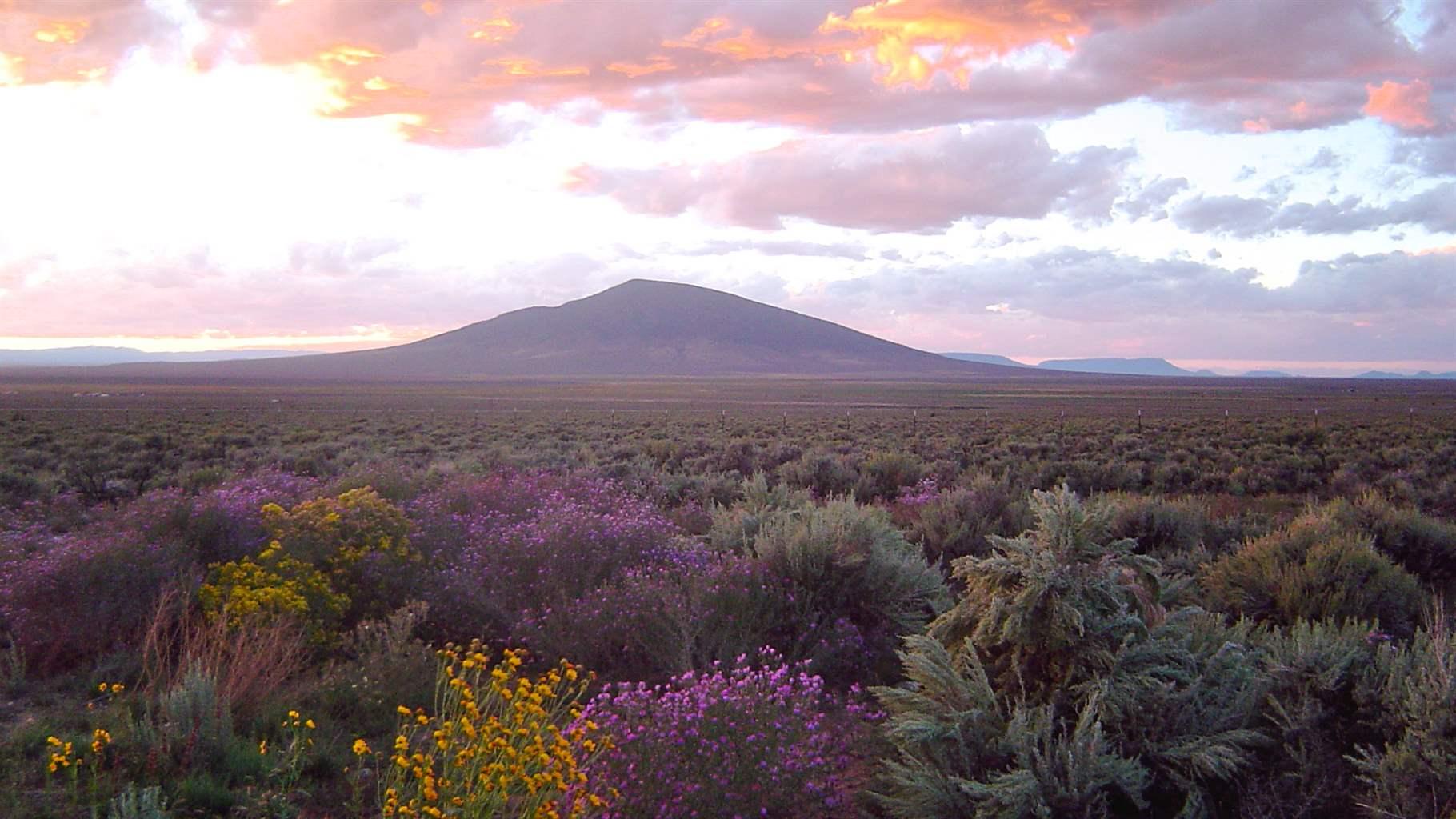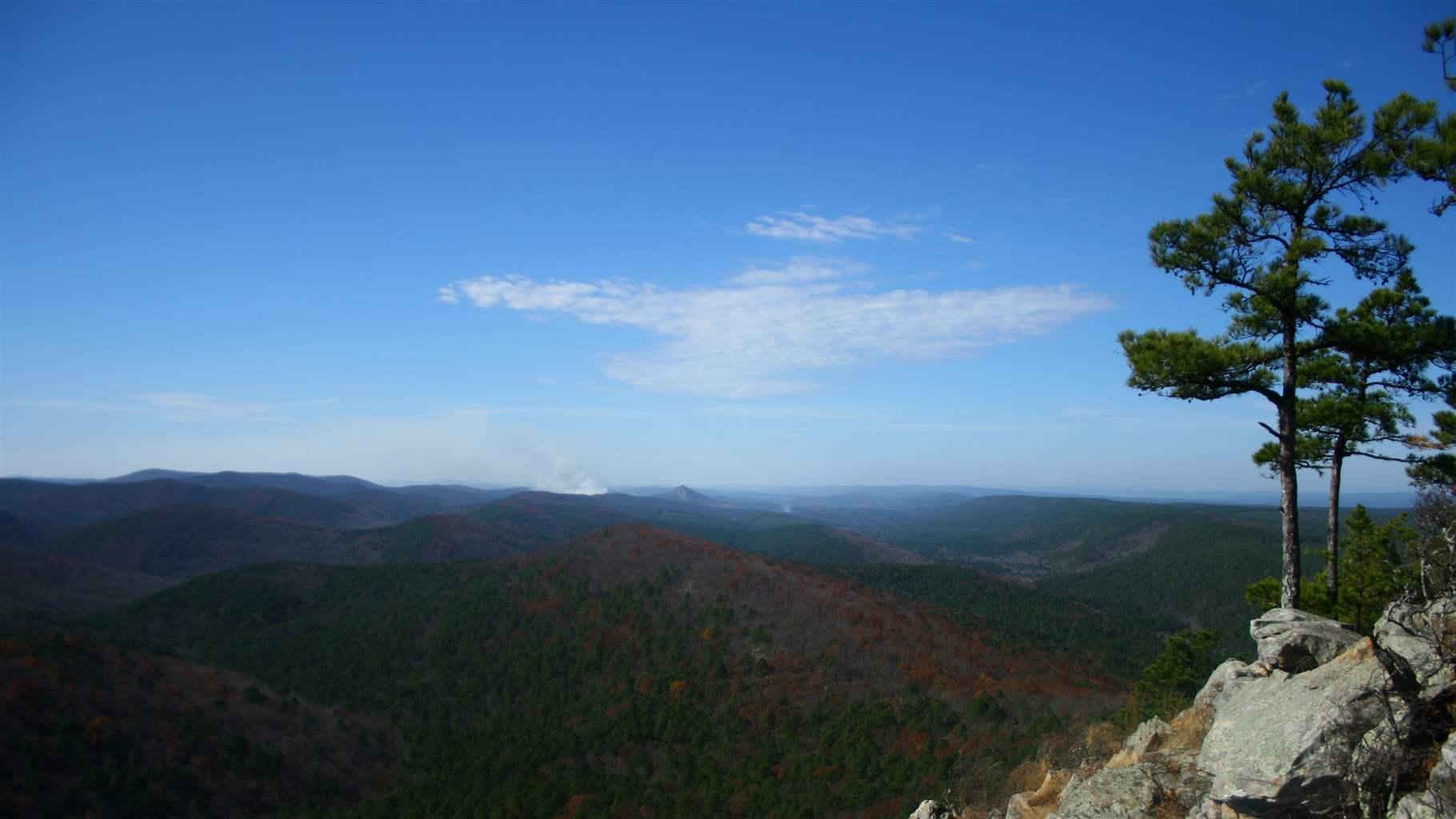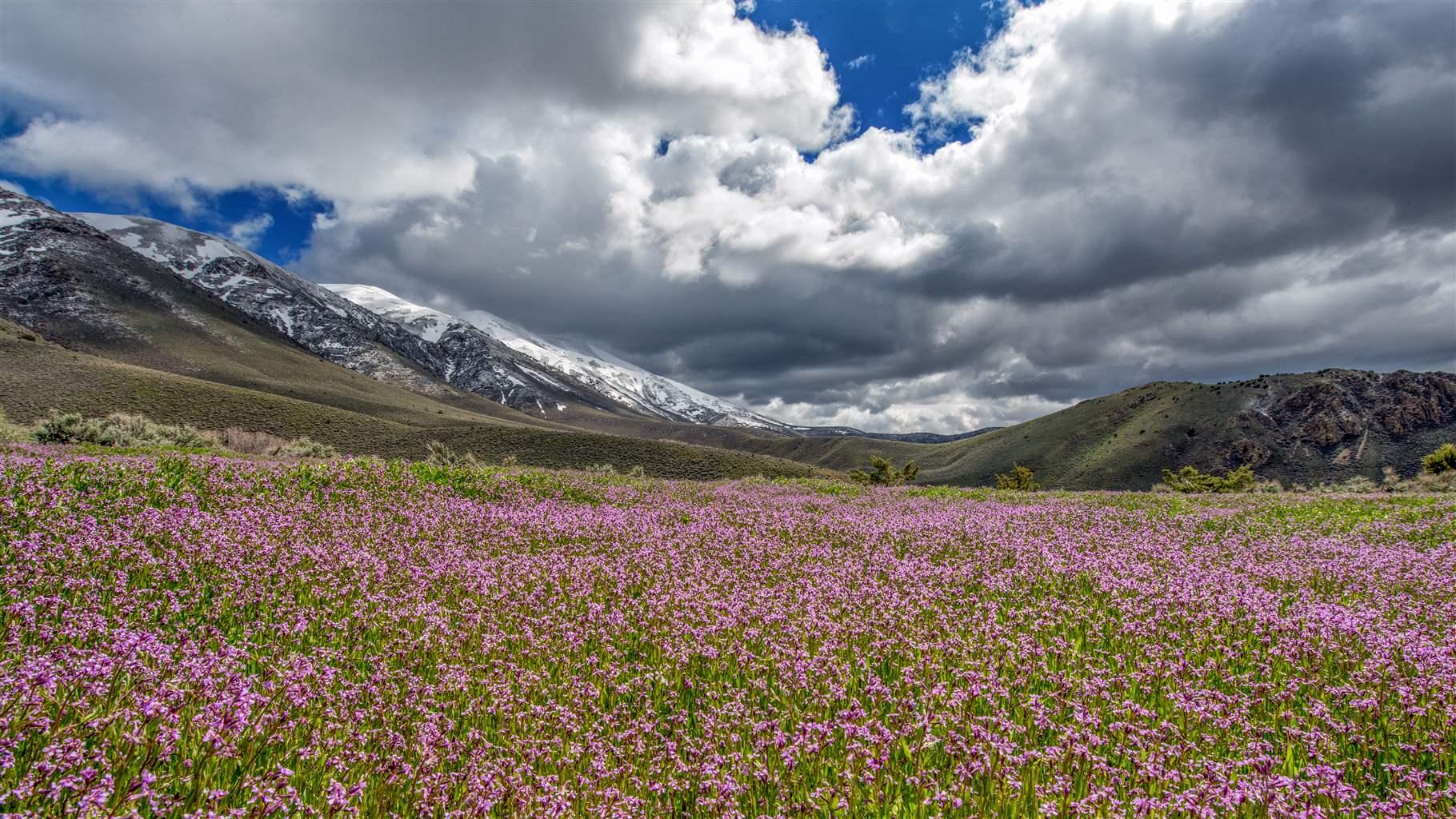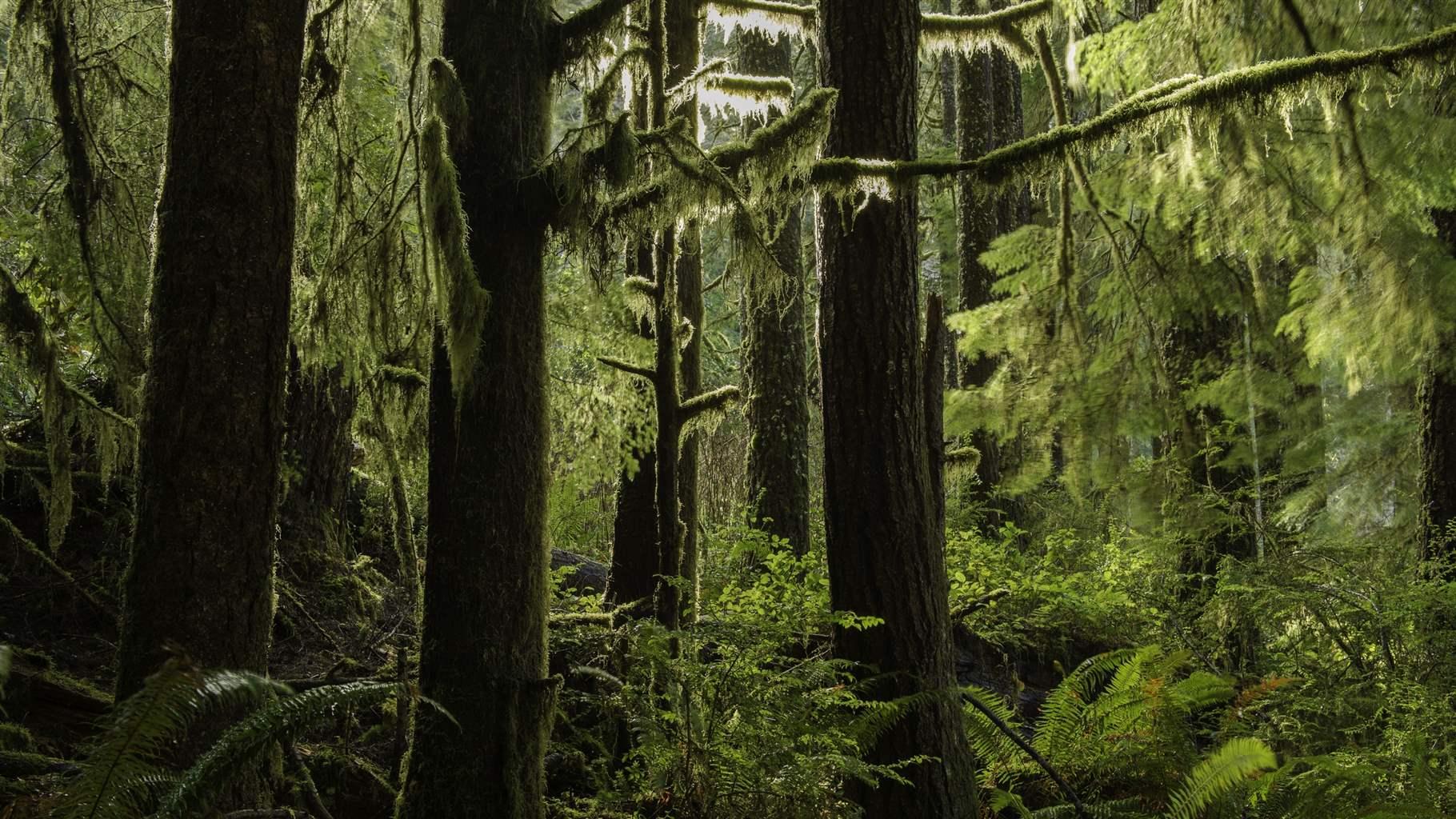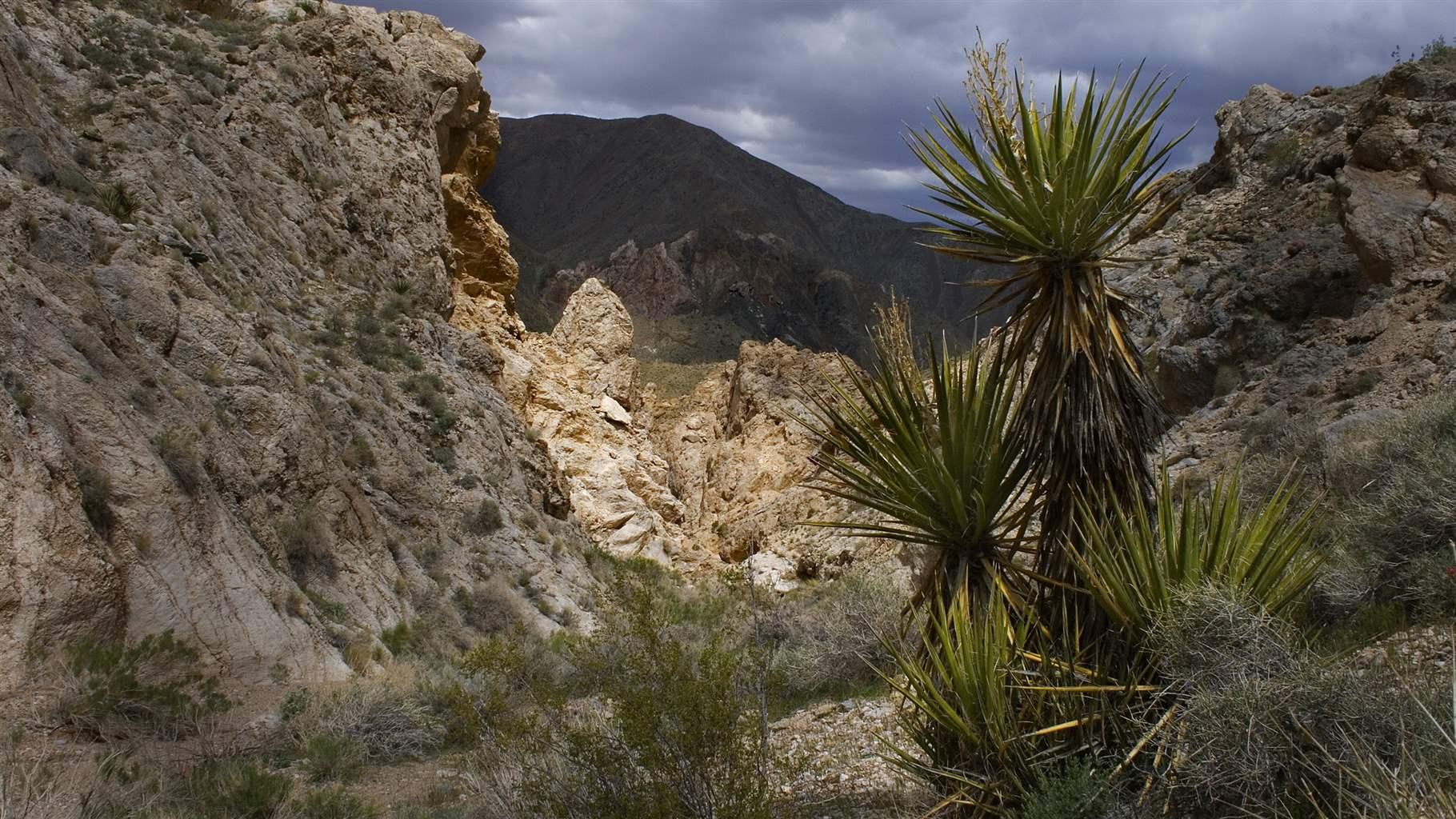Veterans Urge Congress to Pass Wilderness Bills This Year
Letter, signed by more than 200, highlights public lands’ importance to service members
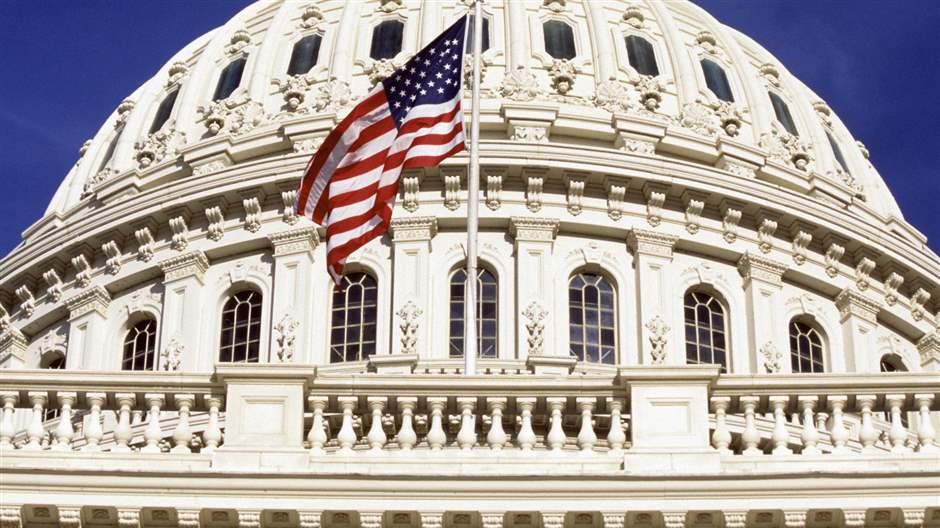
For veterans of our country’s armed forces, service to country does not end when they take off the uniform. The ideals they signed up to defend—freedom and independence—endure. That’s why many are now dedicated to protecting America’s natural legacy, our public lands and waters, and why more than 200 veterans sent a letter to Congress on Veterans Day urging lawmakers to pass nine conservation and wilderness bills this year.
The letter states:
“As you know, many of us who have served face a new set of challenges when we come home. Time spent in solitude or with family and friends in wilderness and on wild and scenic rivers is invaluable as we strive to leave the battlefield behind and train our eyes forward. These protected public lands and rivers offer a chance to heal from the stresses of service, reconnect with loved ones, and reintegrate into civilian life.”
The veterans ask Congress to pass measures—detailed below—that would permanently safeguard 1.3 million acres of wilderness, 395 miles of wild and scenic rivers, and 713,000 acres with other conservation designations. Places that would win protection include Tennessee’s lush forests, Utah’s magical awe-inspiring slot canyons, California’s vast Mojave Desert, and more.
Frank and Jeanne Moore Wild Steelhead Special Management Area Designation Act (S. 513/H.R. 1308)
Sponsored by Senator Ron Wyden (D-OR) and Representative Peter DeFazio (D-OR), the bill is named for Frank Moore, a celebrated World War II veteran (pictured here), and his wife, Jeanne, a native-plant expert. It would protect approximately 100,000 acres in Oregon’s North Umpqua watershed, which includes some of the Pacific Northwest’s best wild steelhead spawning areas.
Organ Mountain-Desert Peaks Conservation Act (S. 441)
Offered by Senator Tom Udall (D-NM), the act would safeguard more than 241,786 acres of wilderness within the Organ Mountains-Desert Peaks National Monument in southern New Mexico. The area holds World War II-era bombing targets and archaeological and cultural treasures including Native American and Hispanic heritage sites.
Tennessee Wilderness Act (S. 973/H.R. 2218)
This act, introduced by Senator Lamar Alexander (R-TN) and Representative Phil Roe (R-TN), would designate nearly 20,000 acres of wilderness in Tennessee’s Cherokee National Forest, preserving key watersheds and habitat for native brook trout, black bears, and gray foxes and protect an important migratory, breeding, and wintering habitat for numerous bird species. Among other protections, the measure would expand the Joyce Kilmer-Slickrock Wilderness Area, named for the famed journalist who died in service during World War I.
Emery County Public Land Management Act (S. 2809/H.R. 5727)
Sponsored by Senator Orrin Hatch (R-UT) and Representative John Curtis (R-UT), the act seeks to preserve nearly 540,000 acres of the San Rafael Swell in Emery County, Utah, as wilderness. The bill would also designate 54 miles of the Green River as wild and scenic and establish a recreation area of more than 341,000 acres in the San Rafael Swell, protecting it from new mining and road construction. The legislation would also establish the Jurassic National Monument on a site that boasts one of the greatest concentrations of Jurassic-era dinosaur bones in the world and would preserve historic uranium mines connected to American efforts to harness the power of the atom.
Cerros del Norte Conservation Act (S. 432/H.R. 5600)
This legislation, sponsored by Senator Martin Heinrich (D-NM) and Representative Ben Ray Lujan (D-NM), would permanently protect more than 21,540 acres in two new wilderness areas in New Mexico—Cerro del Yuta and Rio San Antonio—within the Rio Grande del Norte National Monument northwest of Taos.
Flatside Wilderness Enhancement Act (H.R. 5636)
The Flatside Wilderness in Perry County, Arkansas, preserves habitat for wild turkeys, black bears, and other wildlife in an area close to Hot Springs and Little Rock, offering urban residents access to dense, untouched forests and cool, clear waters. This act is sponsored by Representative French Hill (R-AR) and would add 640 acres to that wilderness.
Pershing County Economic Development and Conservation Act (S. 414/H.R. 1107)
Roughly 136,000 acres of Nevada’s Great Basin Desert would gain protection as wilderness under this measure, which was introduced by Senator Dean Heller (R-NV) and Representative Mark Amodei (R-NV) and co-sponsored by the full Nevada delegation. The area contains critical wildlife habitat, dramatic landscapes, and outstanding opportunities for solitude and backcountry recreation. The act would also help consolidate ownership, reducing the amount of land subject to a checkerboard pattern caused by alternating parcels of federal and private land.
Oregon Wildlands Act (S. 1548)
Introduced by Senator Ron Wyden (D-OR), this legislation designates more than 90,000 acres of wilderness in the Beaver State, would create two recreation areas and add more than 250 miles to the Wild and Scenic Rivers System, all of which would preserve critical salmon habitat, protect clean drinking water for communities, and help expand outdoor recreation and local economies.
California Desert Protection and Recreation Act/California Off-Road Recreation and Conservation Act (S. 32/H.R. 857)
This measure, which would protect more than 329,000 acres as wilderness and add 43,000 acres to Death Valley and Joshua Tree national parks while designating 76 miles of wild and scenic rivers, was sponsored by Senator Dianne Feinstein (D-CA) and Representative Paul Cook (R-CA). The measure would preserve an ecologically diverse and incredibly fragile place that is home to unique species and natural communities, a rich cultural heritage, and recreational opportunities that attract visitors from around the world.
The veterans ended their letter with a plea to lawmakers:
“In the final days of the 115th Congress, we ask that you join our efforts to protect our country’s wildest places and preserve opportunities for veterans and all Americans to find solitude, hunt, recreate, and bond with their families on our protected public lands and waters. Generations to come will thank you for wisdom, courage, and effort in this moment.”
John Gilroy directs The Pew Charitable Trusts’ U.S. public lands program.


America’s Overdose Crisis
Sign up for our five-email course explaining the overdose crisis in America, the state of treatment access, and ways to improve care
Sign up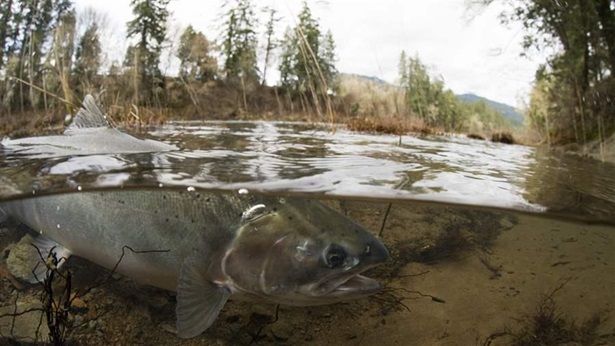
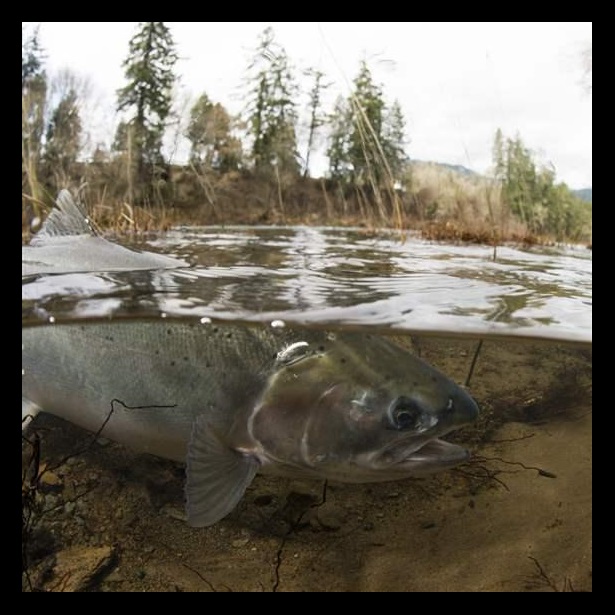
5 Reasons to Protect Steamboat Creek Watershed
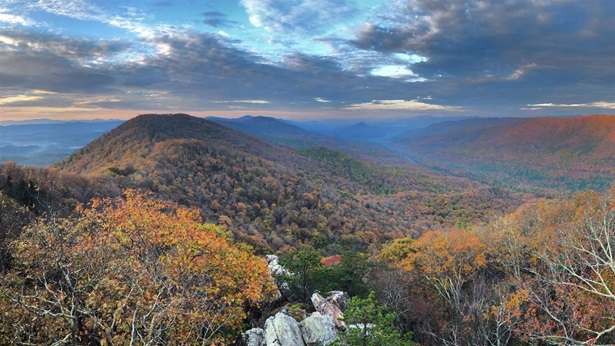
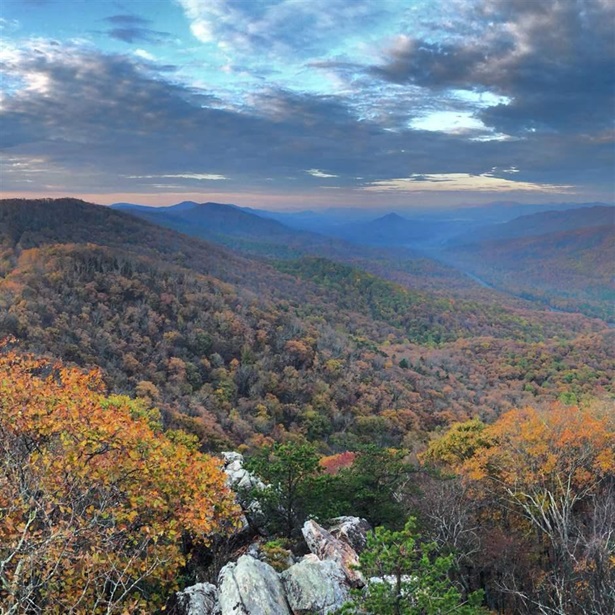
Proposed Wilderness Areas in Tennessee and Virginia Clear U.S. Senate
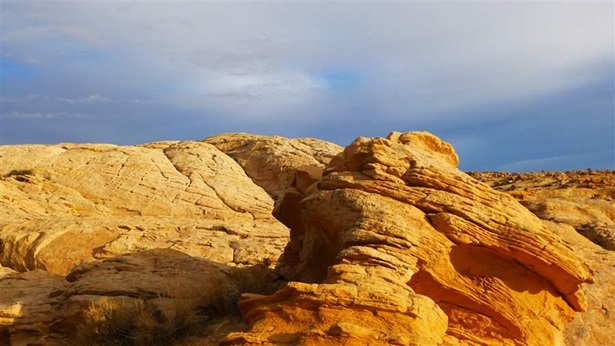
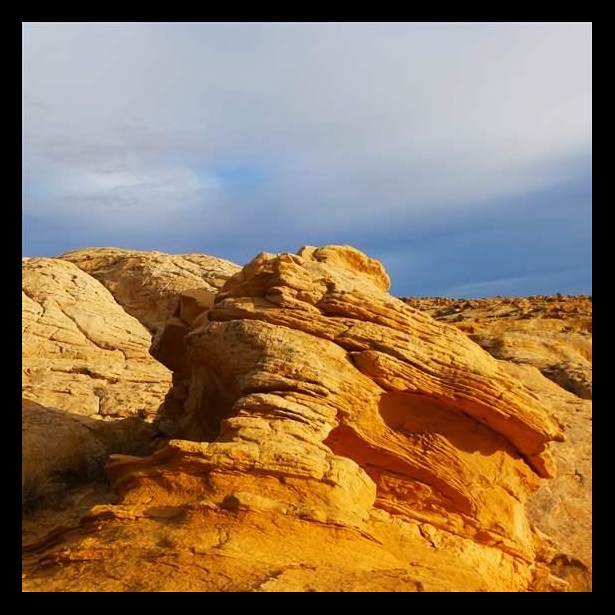
Bill Would Protect Outdoor Recreation Haven in Utah
